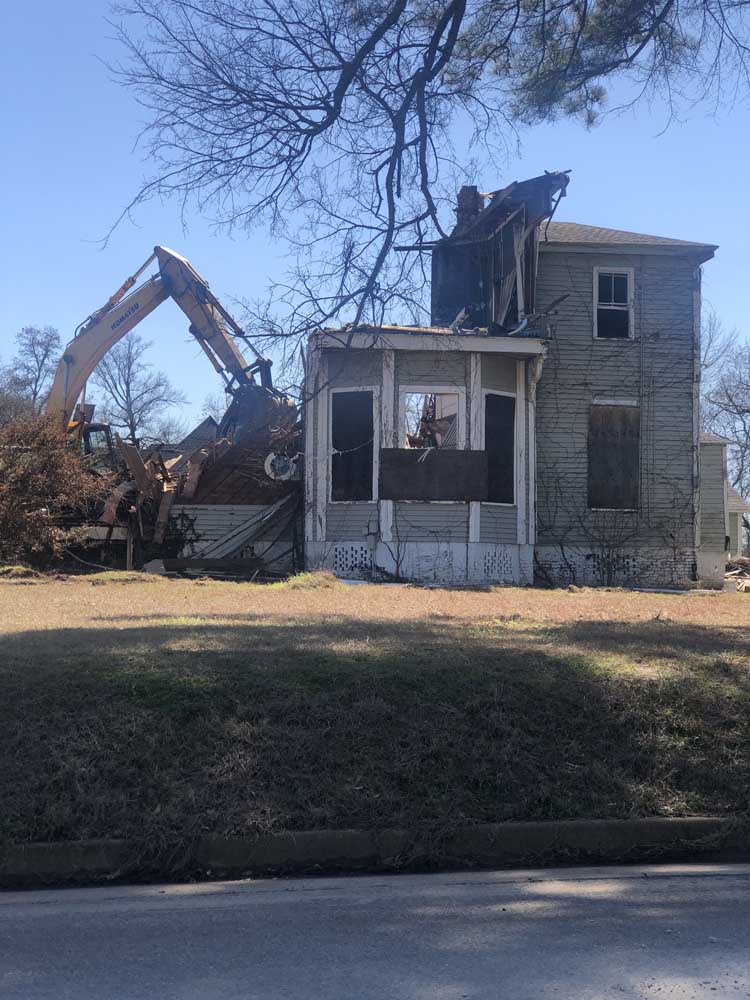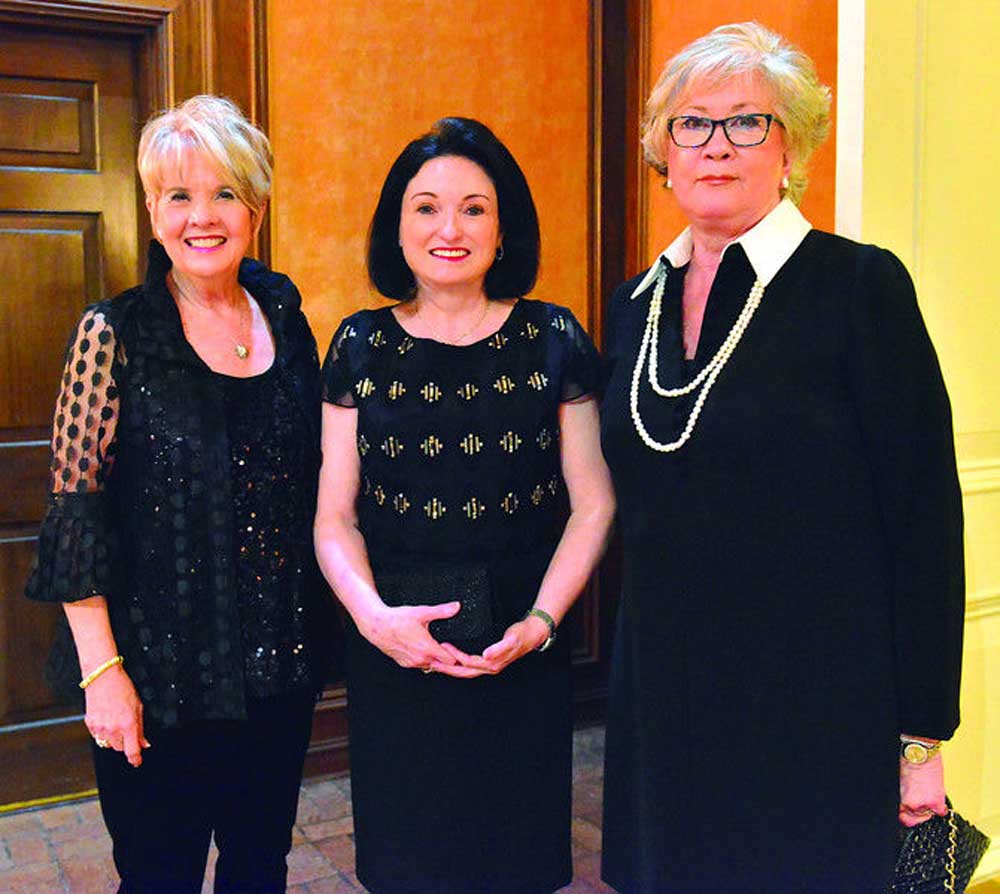Historic home in Tyler’s history preserved
Published 7:09 pm Monday, March 8, 2021

- The city of Tyler building inspection department declared the Riviere House condemned and scheduled it for demolition.
One of Tyler’s most exuberant structures, the Riviere House, was demolished last week.
Historic Tyler selected the Riviere House as a preservation project to support the organization’s mission in preserving local historic sites and structures. Their most recent project ensures the historic home’s history is secured for future generations long after the structure is gone.
Ashley Washmon, executive director for Historic Tyler, said Historic Tyler was honored to preserve the history of this house.
“The Riviere House resonates with many citizens; the beautiful gingerbread detailing on the house captured people’s hearts. We wish we could preserve every building, but unfortunately, that was not the case with this property. However, we do feel that documenting the history of The Riviere House is a worthy accomplishment. Saving its history for future generations is a great success and a valuable service to our community,” Washmon said.
The Queen Anne Style Riviere House, built in 1890 for Richard Andrews Riviere, has long been referred to as “one of Tyler’s more exuberant structures.”
In 1947, daughter Carolyne Riviere was the first Rose Queen to reign over the festival after World War II. The once gracious two-story house held the Queen’s Tea on its grounds.
On Oct. 31, 2011, a devastating fire occurred. Since then, the building has remained vacant and in a progressive state of deterioration.
Upon the homeowner’s request and consent from the Texas Historical Commission, the city of Tyler building inspection department declared the building condemned and scheduled it for demolition.
“Obviously, we would like to be able to save every structure from demolition, but this house, after it burned in 2011, the roof was damaged, so it sat in that element for over a decade,” Washmon said. “So the house really was unable to be saved. If someone had come in and done construction work on the home, it actually would have been a reproduction of the home and not a restoration of the home because the materials were too far deteriorated.”
When hearing about this architecturally significant structure’s fate, the Historic Tyler Board of Directors acted quickly and voted to fund the historical documentation, recording as much information as possible before demolition. The architectural firm, Mark A. Thacker Commercial and Preservation Architecture, was selected to investigate the property.
“He spent two days on site and he would dissect the walls, and from his dissecting the walls, he could tell an evolution of the home, he could piece together a timeline of a first remodel in 1920 and then a second remodel that coincided with the Queen’s Tea,” Washmon said. “He got to piece together the lifespan of the home just from being on sight and looking at the different materials.”
Local preservation architect Mark A. Thacker explained that historic preservation can take many forms.
“The purest form of preservation is when a building can be completely restored and utilized as originally intended, but this is rare. Most commonly, preservation takes the form of restoration of parts, preserving a building as it exists in the present day, or just saving what may be possible for the benefit of future reference. As a final act of preservation before the complete loss of a historic building, as much information as possible should be recorded and archived for future reference and research,” Thatcher said. “Documentation may include a historic structures report, photographs, videos, and oral interviews. What we can record today may prove useful to untold future generations.”
Washmon said without Thacker and the city of Tyler, the preservation of the home’s history could not have been achieved. The home’s demolition was scheduled with enough time to complete the collaborative effort of preserving the home’s history.
“We achieved our goal in this. Although, last weekend when it was demolished, we were all sad. It was a somber day watching it get torn down, but there was consolation in knowing that we were able to complete the best practices in this scenario, which is preserving the history of the home,” Washmon said.
The home was demolished on Friday and was located at 1604 Bois D’ Arc Ave., which is now an empty lot.







